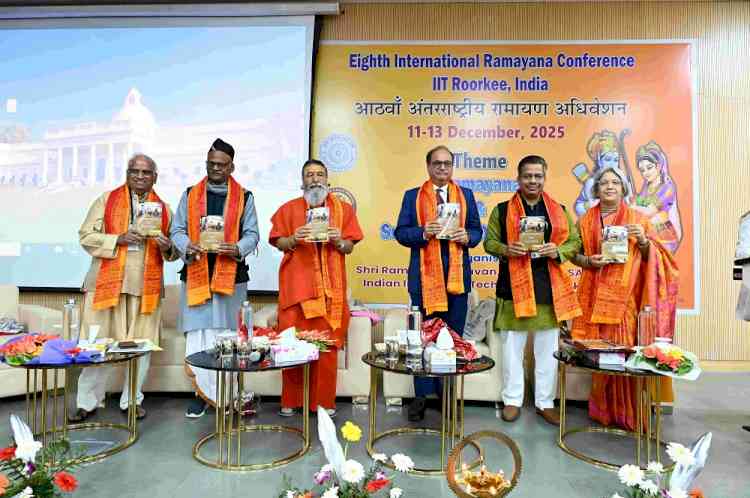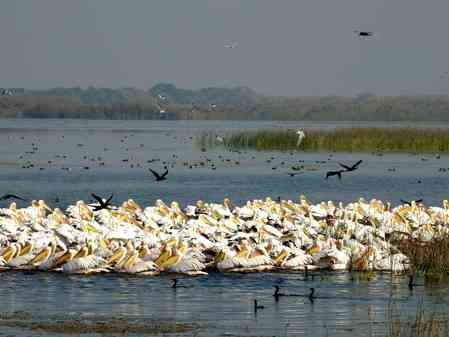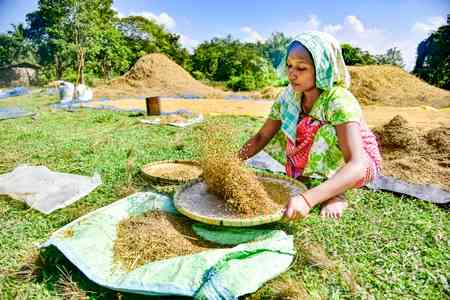Cloud Bursts and Heavy Rains Wreak Havoc in Himachal Pradesh, Uttarakhand, and Kerala
The recent cloud bursts and heavy rains in the hilly areas of Himachal Pradesh, Uttarakhand, and Kerala have caused significant destruction and loss of life. Reports of cloud bursts, heavy rains, floods, and road blockages due to landslides are frequently highlighted in both print and electronic media. These natural disasters have led to substantial loss of property, life, and infrastructure, including roads and bridges, causing great distress to residents of the affected areas.

The recent cloud bursts and heavy rains in the hilly areas of Himachal Pradesh, Uttarakhand, and Kerala have caused significant destruction and loss of life. Reports of cloud bursts, heavy rains, floods, and road blockages due to landslides are frequently highlighted in both print and electronic media. These natural disasters have led to substantial loss of property, life, and infrastructure, including roads and bridges, causing great distress to residents of the affected areas.
The construction of new infrastructure, such as the widening of roads, construction of bridges, deforestation, conversion of green hilly areas into concrete jungles, population growth, reduced green spaces, increased tourism and vehicular traffic, and vehicular emissions contribute to the occurrence of cloud bursts and subsequent flash floods, creating a chaotic environment in these regions.
Global warming and rising temperatures have accelerated the melting of ancient glaciers, contributing to rising sea levels. As rivers originating from hills flow through plains and eventually into the sea, they contribute to the increasing sea levels. The development of new industrial parks in hilly areas aims to generate employment for the youth but often results in deforestation and the transformation of hills into plains. This development can also lead to pollution from chemical-based industrial waste, posing health hazards to nearby residents. Additionally, the increased transportation and truck emissions further pollute the environment.
Numerous dams and canals have been constructed in hilly areas to generate electricity. However, the accumulation of silt in dam reservoirs has raised the sand levels behind the dams. During cloud bursts or heavy rains, the increased inflow of rainwater forces dam authorities to release excess water, causing havoc in villages and plains nearby the rivers. Despite the construction of embankments by irrigation departments, mining and desilting of sand in riverbeds pose threats to both sides of the rivers and the bridges constructed over them. Flash floods in hilly areas often flow through plains, and deforestation for infrastructure development in these regions exacerbates destruction in low-lying areas near riverbeds.
Historically, rivers have been lifelines for drinking water and irrigation. Water is a precious resource, and we must pledge to conserve every drop, as it will play a crucial role in the future. We should also commit to planting at least one fruit sapling this year in honor of our grandchildren and nurturing it.
Today, rivers are becoming increasingly polluted. It is our responsibility to keep rivers clean from pollutants and industrial waste, as this water is used for irrigation in agriculture.
Authored By:
Rajat Kumar Mohindru
Journalist,
Jalandhar City.


 Rajat Kumar
Rajat Kumar 










